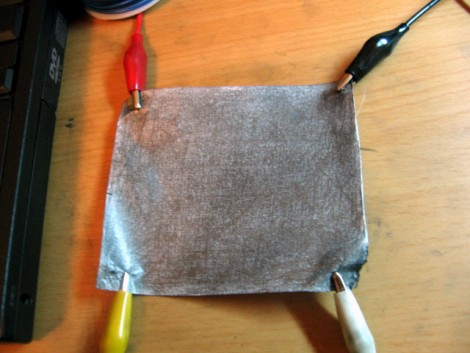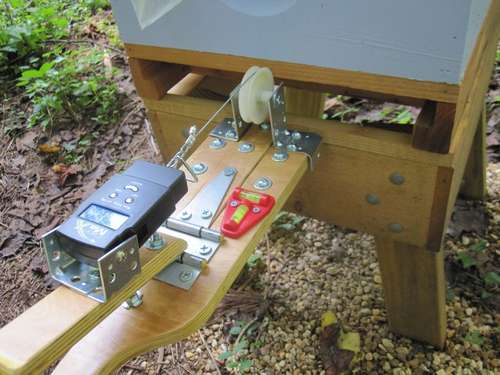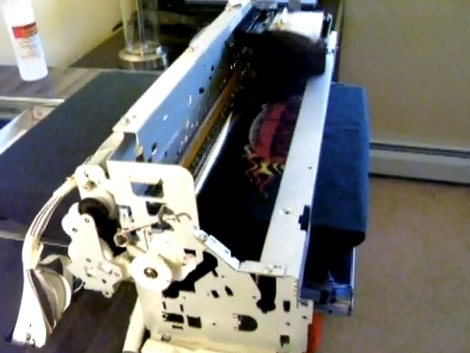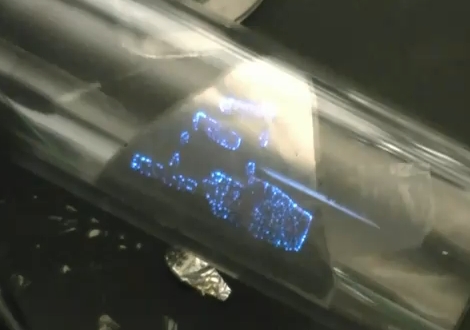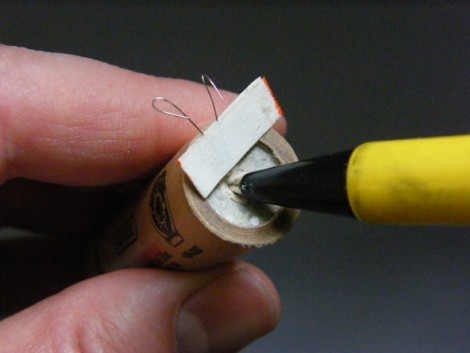
[Stephan Jones] has an easy method for making your own model rocket engine igniter. The solid state motors used in this hobby consume one igniter with each electrically triggered launch. Whether you’re making your own motors or not, this construction technique should prohibit you from every buying an igniter again. The process involves bending some nichrome wire around a paper clip, adding some structural support to the leads using masking tape, and insulating the business end with a quick dip in paint.
Now would be a good time to send us your launchpad hacks. All we’ve seen so far is a launchpad for water rockets.
[via Make]

